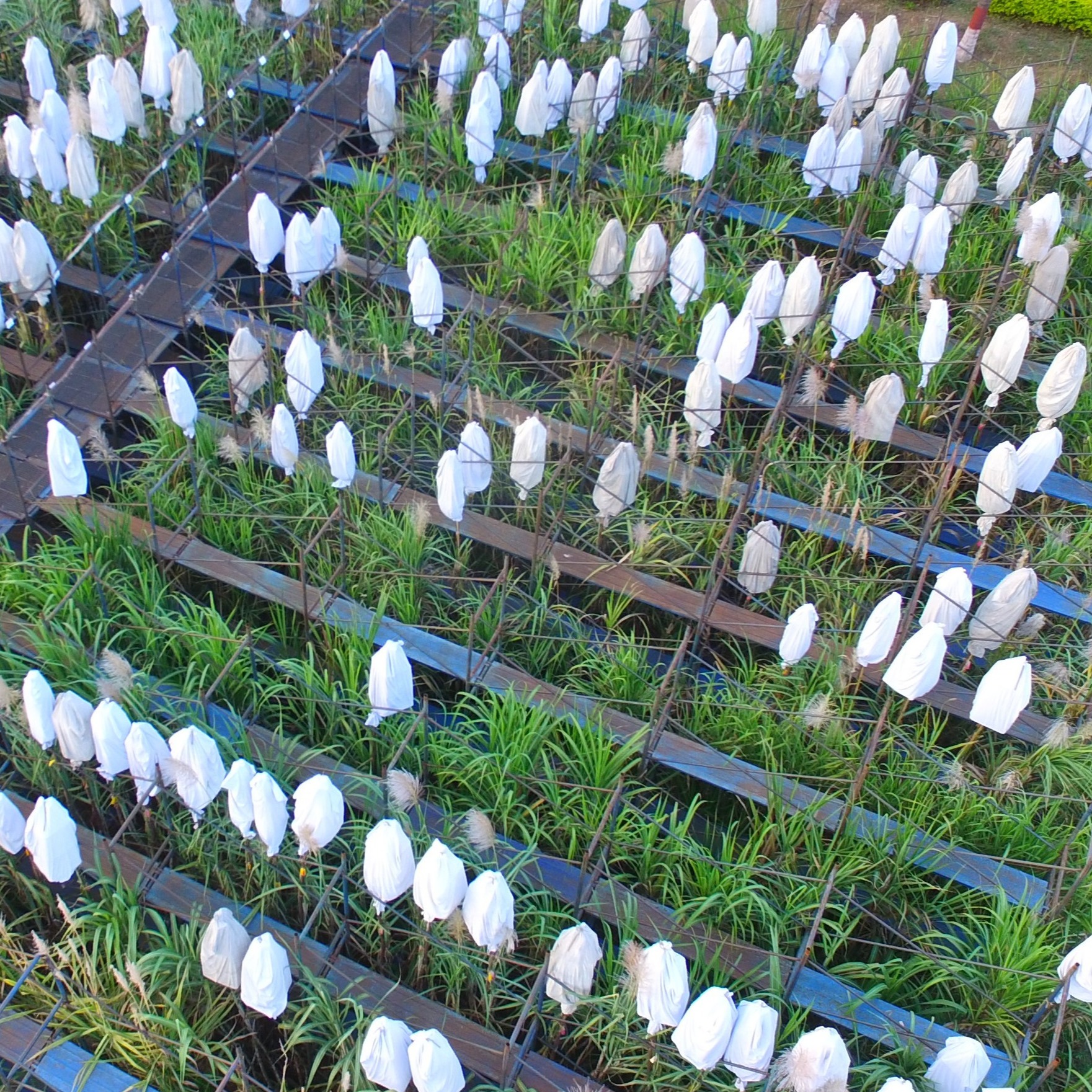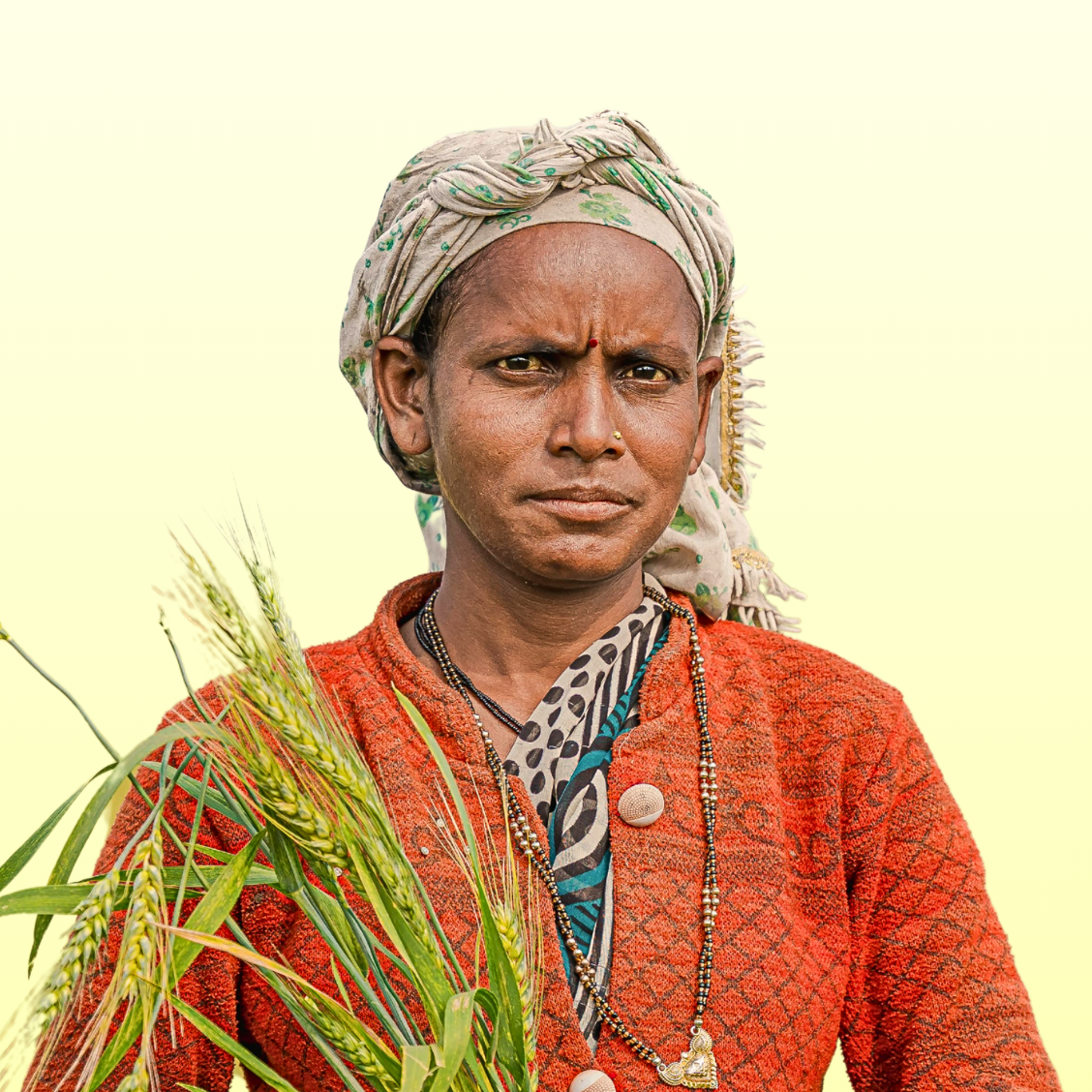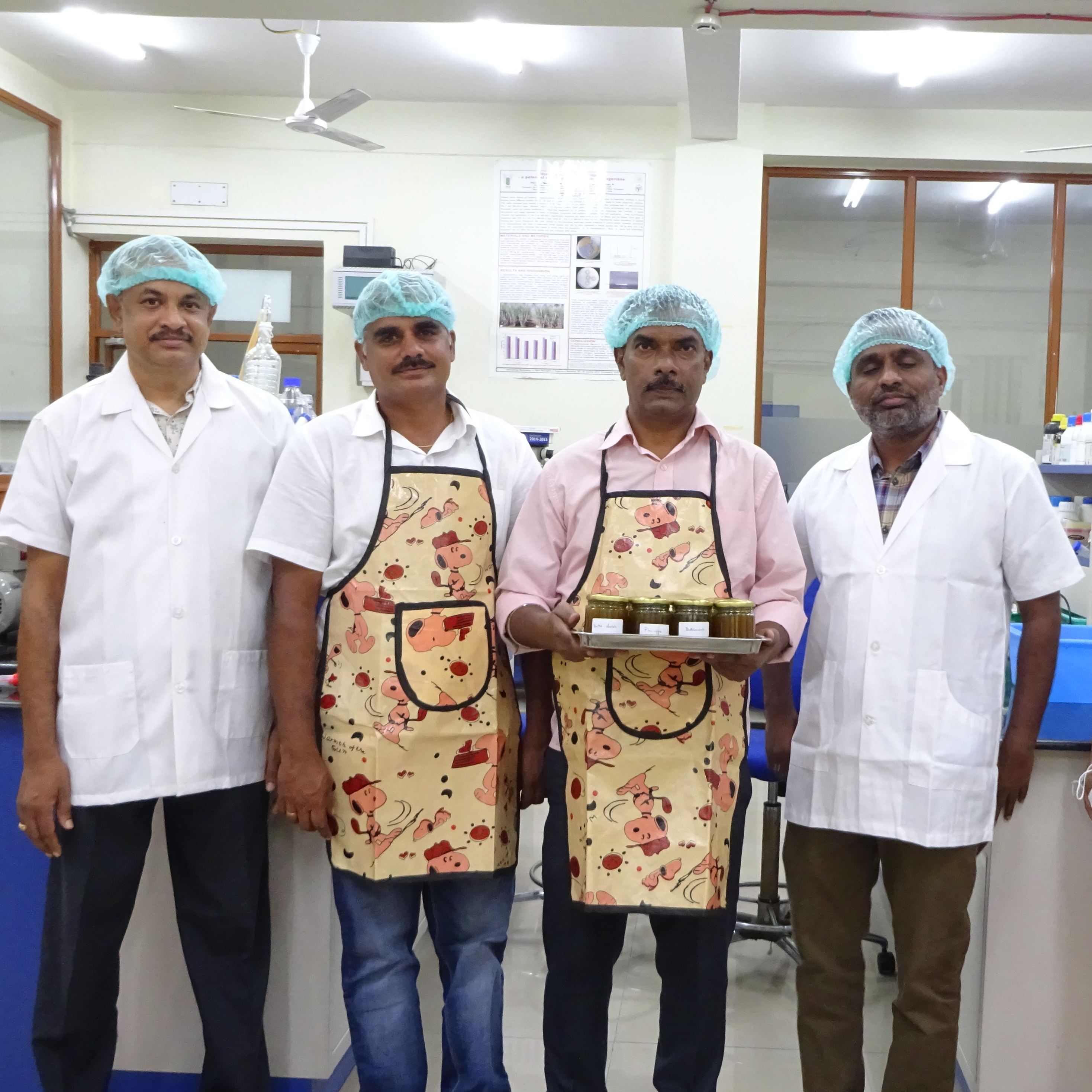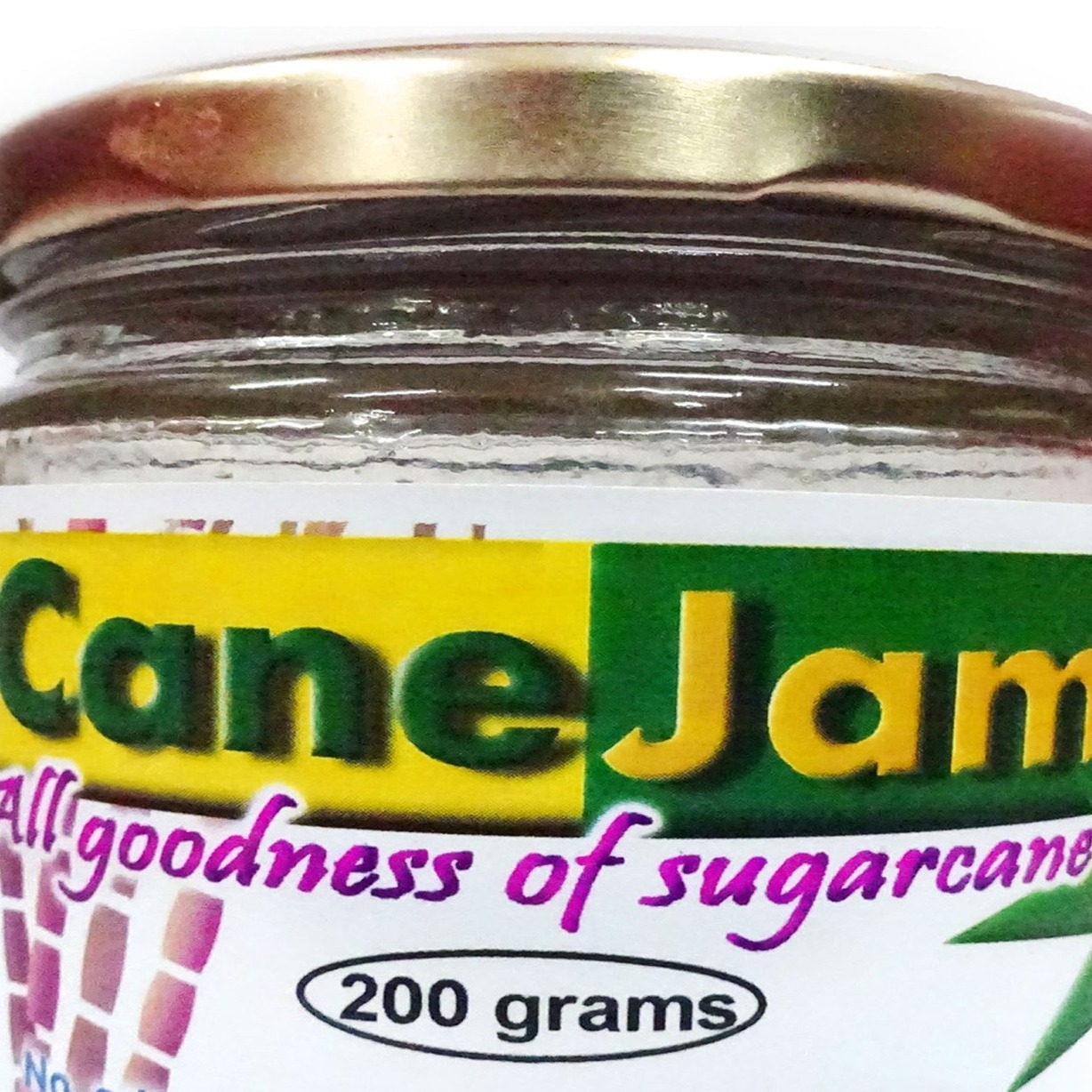NHG
National Hybridisation Garden

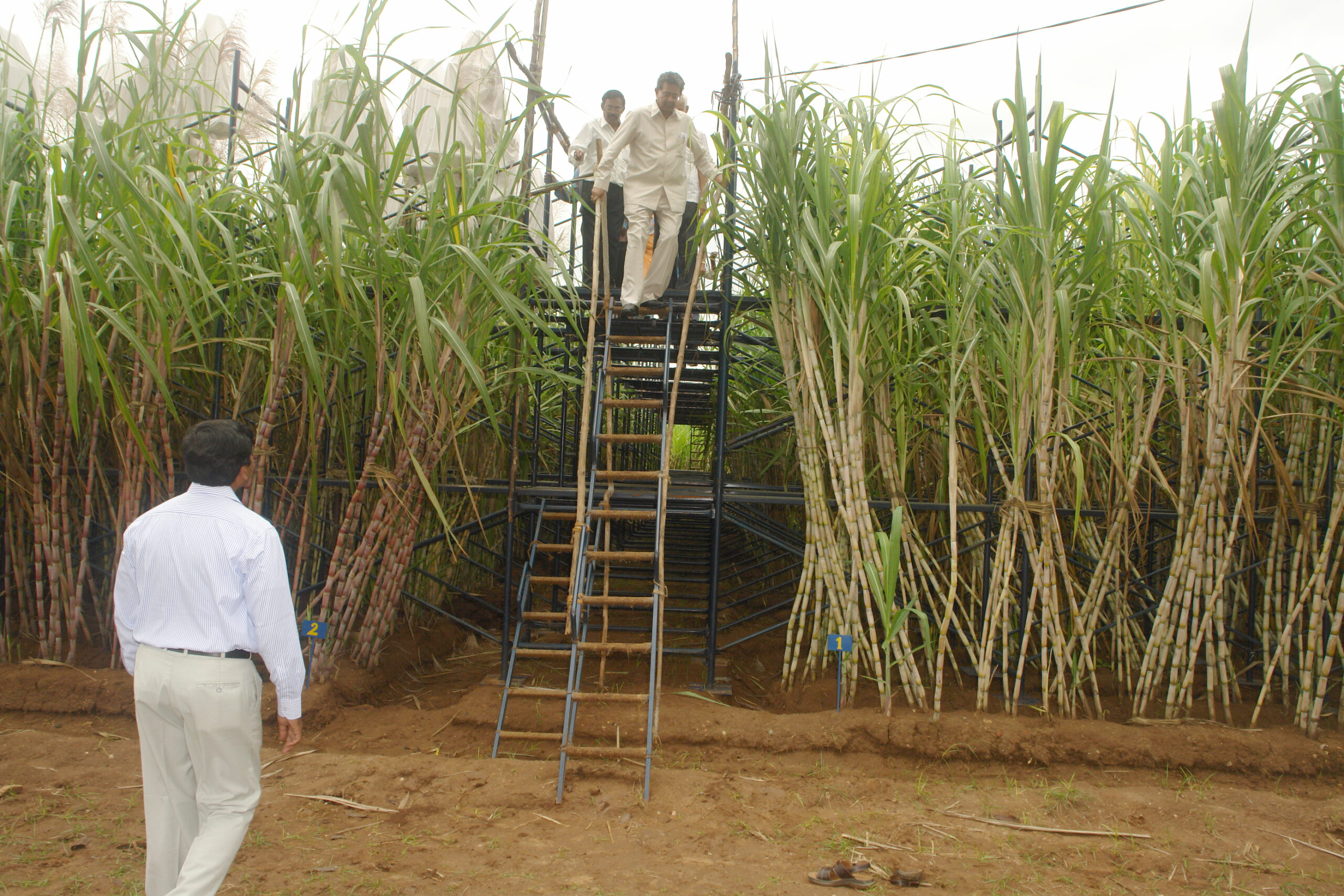
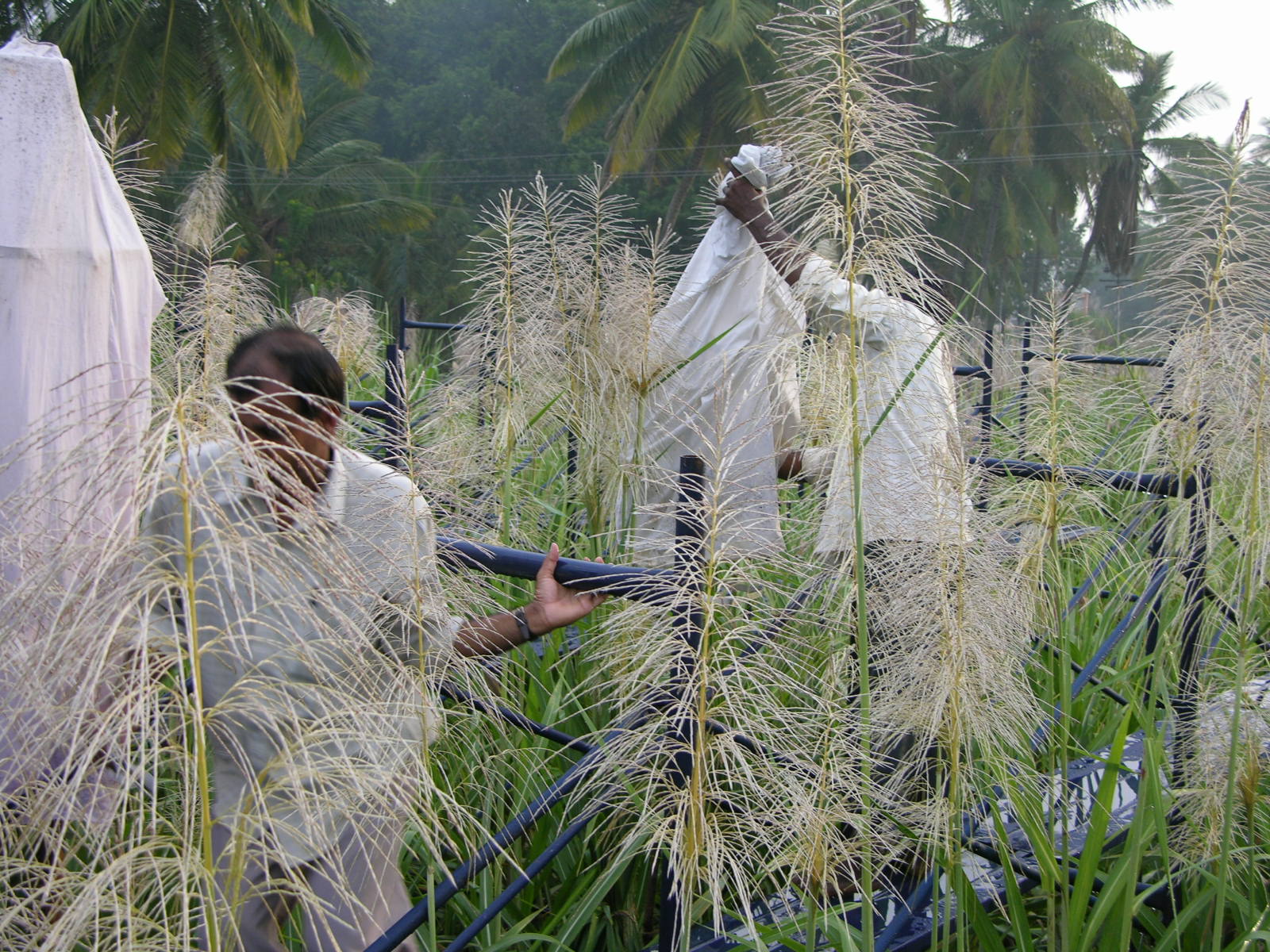

Flowering and seed set in sugarcane are optimum at Coimbatore, which is not the case in other parts of the country. Taking this into consideration a National Hybridisation Garden (NHG) for sugarcane was established at Sugarcane Breeding Institute, Coimbatore in the year 1972 to create a centralized facility for effecting crosses by the sugarcane research stations of the country. There are 23 centres which are actively involved in making crosses for creating variability for further selection in their respective locations. Parental composition of the NHG includes around 500 parents comprising of Co canes, elite clones developed from State Agricultural Universities and IISR Lucknow, Inter Specific Hybrids (ISH), genetic stocks generated for different agronomically important traits and foreign hybrids. Each year around 800 crosses are made by the participating centres in various combinations. A large number of Poly Crosses (PC) is also made every year. Thus NHG serves as a central facility for generating genetic variability in this crop for the entire country for identifying location specific varieties. Conventionally crosses are made following lantern method of crossing at NHG. Female flowers are protected from pollen contamination by enclosing them in a crossing lantern hung from bamboo hoisters (Fig. 1). Reaching the female arrows positioned at 3-6m from ground level for pollination is difficult and possible only by using ladders. Ladders have to be shifted after every pollination and several ladders have to be used simultaneously to complete the targeted crosses within crossing time of 1-2hr (Fig 2). Thus the procedure is cumbersome, labor intensive and time consuming.
In order to improve the efficiency of the crossing programme and to simplyfy the pollen collection and dusting operations, a new robust structure called as Elevated Hybridization Runways (EHR) was conceived and designed by Sugarcane Breeding Institute, Coimbatore in collaboration with Central Institute of Agricultural Engineering, Regional Centre, Coimbatore (Fig 2). The basic structure of elevated hybridization runway consists of two tiers of G.I Plat form. These platforms are supported by H shaped 48 x 2.65mm G.I. pipe frames braced with 27 x 2.65 mm GI pipes. The H shaped GI pipe frames are assembled on top of each other with interlocking arrangement to make the height to 4.5m. Each unit has 42 H shaped GI pipe poles interconnected by cross bracing at an interval of 2.2m. The width of the structure would be 1.0m. The structure is positioned between two rows of plants with the row spacing of 1.2 m. Eleven such units were made to cover an area of 726 m2.
To facilitate the crossing of the flowers situated at different heights the platforms are placed in two levels at 2.85 m and 4.5m from the ground. Each unit consists of two equal subunits of 13.2m length, covering a total length of 26.4 m. Since sugarcane parents planted on either sides of the platform can be accessed for crossing, one unit can effectively cover four rows of 13.2 length. The sub units are placed lengthwise and a platform of 1.5 m is fixed between them to connect the two subunits to provide a continuous pathway. Platforms of two adjacent units are also interconnected to enable the scientists to move from one unit to another without getting down every time. A ladder made of M.S pipe enables the scientist to reach the platforms for making crosses. The researcher can move freely from one platform to the other to carry out the crossing work at different heights. The facility is scientist-friendly and highly safe in design.
The EHR was first installed during the crossing season 2007. The sugarcane breeders from 21 participating centres of National fluff supply programme effectively used this facility. Initially 11 units of this structure were erected to cover 88 rows (6m length) of parental clones during 2007 crossing season. In the EHR facility mostly female parents were planted and used for erecting cages. During this season 234 crosses were made utilizing this structure. Once collection of matured fluff is completed the whole structure can be dismantled and stored safely. Since all the parts are made of standard components, the components are interchangeable making the dismantling and assembling operations easier. If well maintained the structure can be used for atleast 20-25 years.
This innovation was found to save labour considerably. With this system the scientist himself can complete most of the crossing operations like collection of male spikelets, effecting pollinations and collection of matured fluff. It was found that a team of one scientist and one labor can complete 35 crosses a day while by the conventional method this would require 6 labourers. The new facility is of great benefit to the National Fluff Supply Programme of All India Coordinated Research Programme on Sugarcane.





